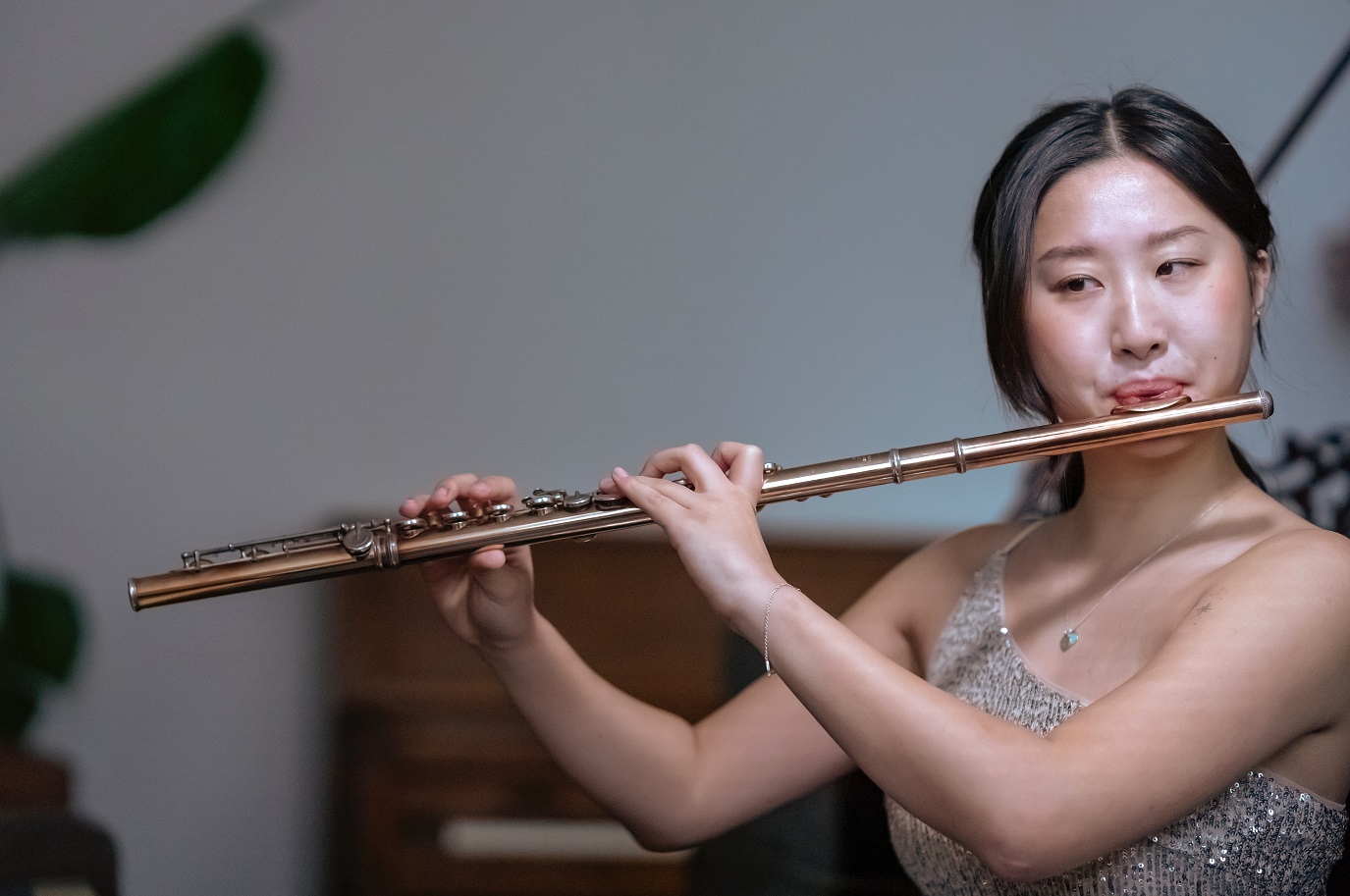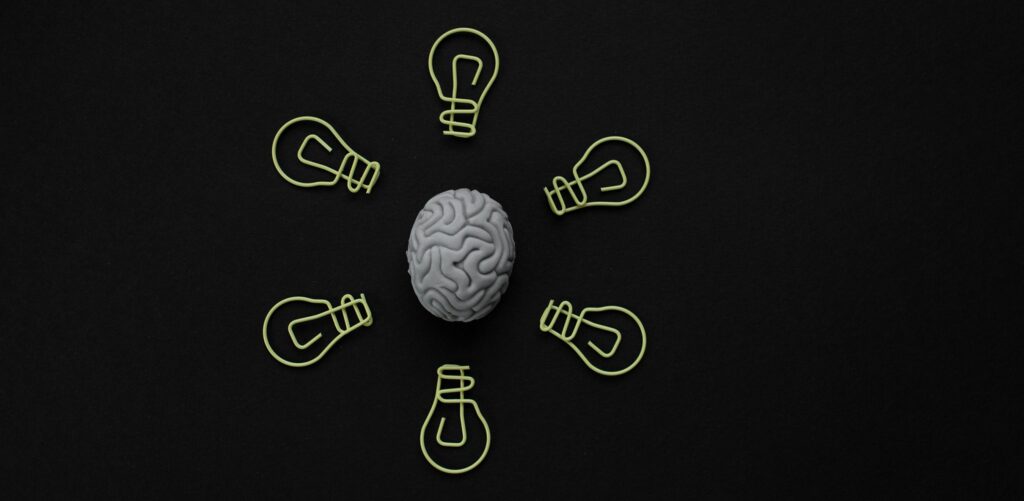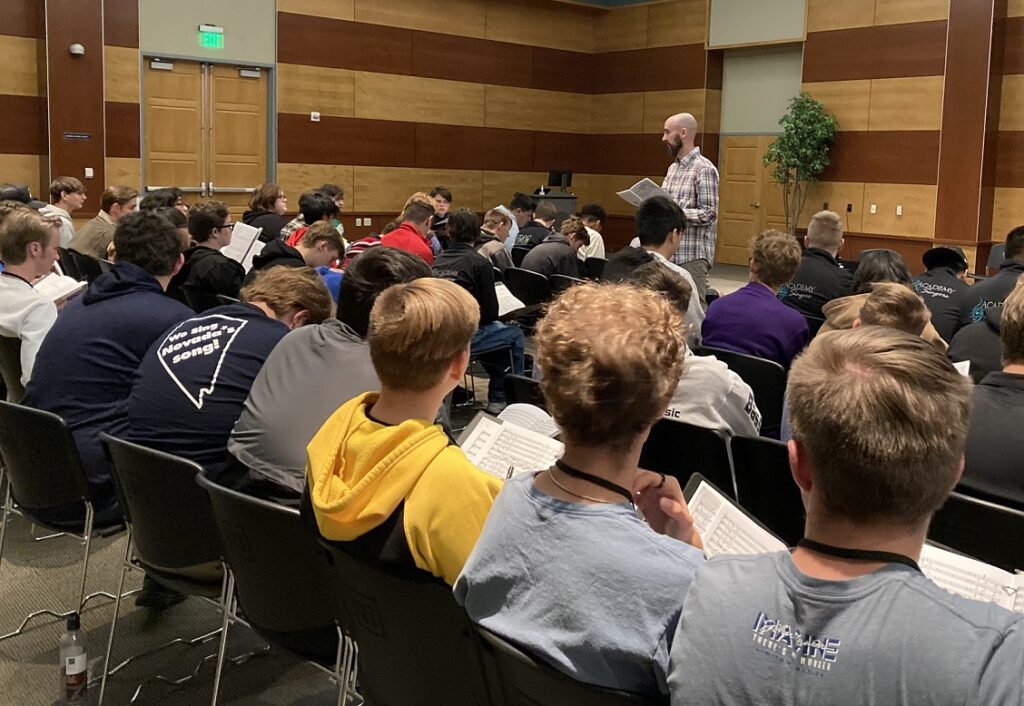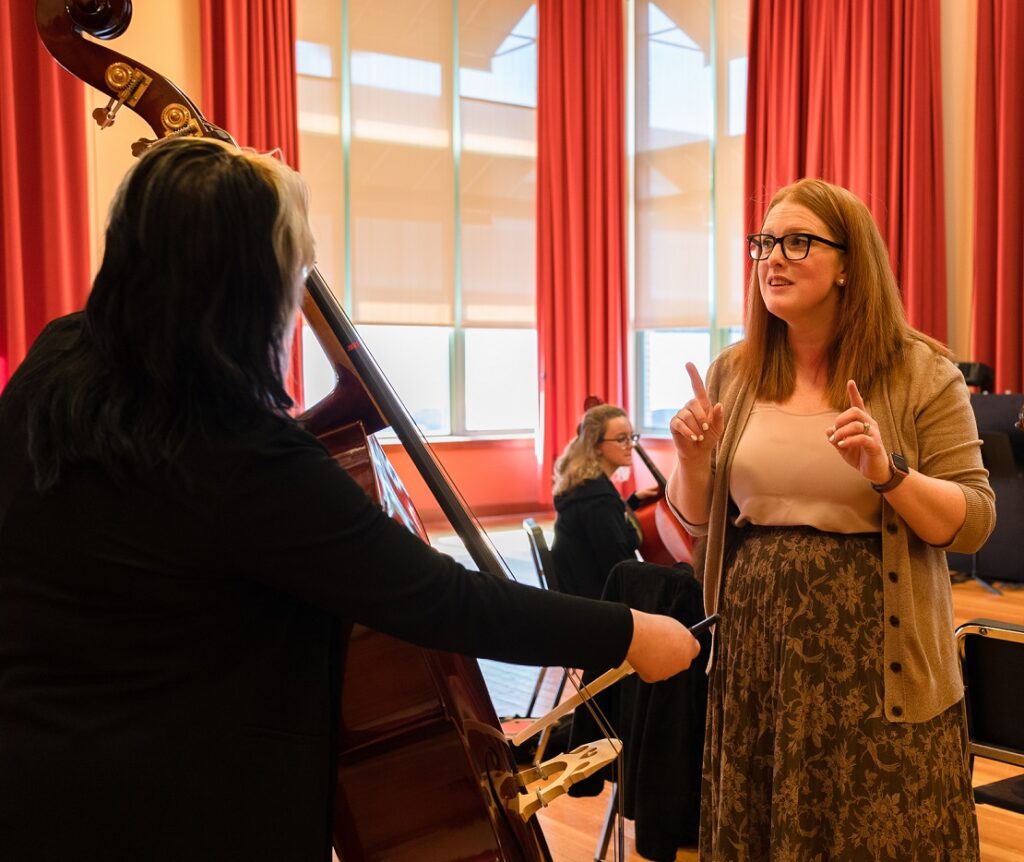Tagged Under:
Utilize E-Portfolios to Improve Equity in Student Assessment
Improve equity in assessment with e-portfolios that captures contextually rich digital evidence of student performance.
In the face of societal shifts and the COVID-19 pandemic, music teachers have realized the need to address issues surrounding access, equity and inclusion more intentionally in music education.
Much of the conversation, however, focuses on recruitment, retention and diversifying repertoire. While these are essential elements in our efforts toward a more inclusive music education for all, I believe that assessment is one of the most critical areas to improve. How we assess our students is critical in determining whether they decide to continue in our programs and reap the benefits of active music-making in a school setting. If we diversify the avenues in which we allow students to demonstrate what they know and what they can do, we can give them a more equitable chance at success.
In recent years I have become a major advocate for portfolio assessment, which I believe is one of the most authentic and relevant methods of assessment we have at our disposal. The music department at Tennessee State University developed an electronic portfolio, or e-portfolio, as a cornerstone assessment for our program. Through this process, we learned how to prepare our students for future careers and continuing education by giving them a product that is personalized and responsive to the competitive job market and post-baccalaureate landscape of today.
What is an E-Portfolio?
An e-portfolio is a collection of student work that demonstrates progress and achievement over a given time period. The e-portfolio captures contextually rich evidence of student performance through audio, video and other digital artifacts that are easily accessible and editable for the student and easily viewable and gradable for teachers.
In addition to providing evidence of cumulative student growth and achievement over time, e-portfolios can provide detailed information regarding how students learn through self-assessment and reflection. Numerous music education researchers (Burrack, 2002; Dennis, 2018; Dunbar-Hall et al., 2015; Hepburn, 2017; Taylor et al., 2012) discuss the importance of incorporating e-portfolios to increase student achievement.
Why Portfolio Assessment Matters
 Early in my career, my approach to assessment was primarily based on two types of performance: pass-offs for individual students and performance assessment ratings for ensembles. Pass offs are a type of performance task, e.g., scales, rhythm sheets and excerpts from music, that students perform to demonstrate their level of proficiency. Performance assessments can include any contest, festival or competition in which students are evaluated and given a formal rating as a group. Many music educators are familiar with and utilize these systems because we experienced and excelled at these types of assessments when we were students.
Early in my career, my approach to assessment was primarily based on two types of performance: pass-offs for individual students and performance assessment ratings for ensembles. Pass offs are a type of performance task, e.g., scales, rhythm sheets and excerpts from music, that students perform to demonstrate their level of proficiency. Performance assessments can include any contest, festival or competition in which students are evaluated and given a formal rating as a group. Many music educators are familiar with and utilize these systems because we experienced and excelled at these types of assessments when we were students.
Over the years, however, I have found that these approaches are not the be-all and end-all for assessment in music education. During my first year of teaching music in higher education, I was able to judge a prospective music student for admission into our program. The student, who uses the pronoun they, had achieved many accolades, including numerous awards and all-state ensemble participation. But, when it came time to audition, nerves got the best of them, and they left feeling dejected. However, as a supplement to their application package, the student provided a link to their e-portfolio. It contained numerous solo performances at solo and ensemble festivals. Their ratings were the highest marks achievable. The student also provided evidence of their versatility on multiple instruments and their ability to collaborate with other students through various chamber music performances.
As the audition team assessed the videos and other evidence in the e-portfolio, the perception we had of the student changed. No longer did we believe that the student was not adequately prepared or lacked the requisite skillset. Instead, we saw that they were an ideal fit for our program — who just happened to have a bad day and got nervous in a high-stakes setting. This student would go on to major in music education, receive a substantial music scholarship, earn numerous honors and awards, graduate near the top of their class, and is now an accomplished teacher and currently working on a graduate degree in music.
My reflection on this experience clarified the power of portfolio assessment in promoting equity in learning outcomes and access to opportunities within the field.
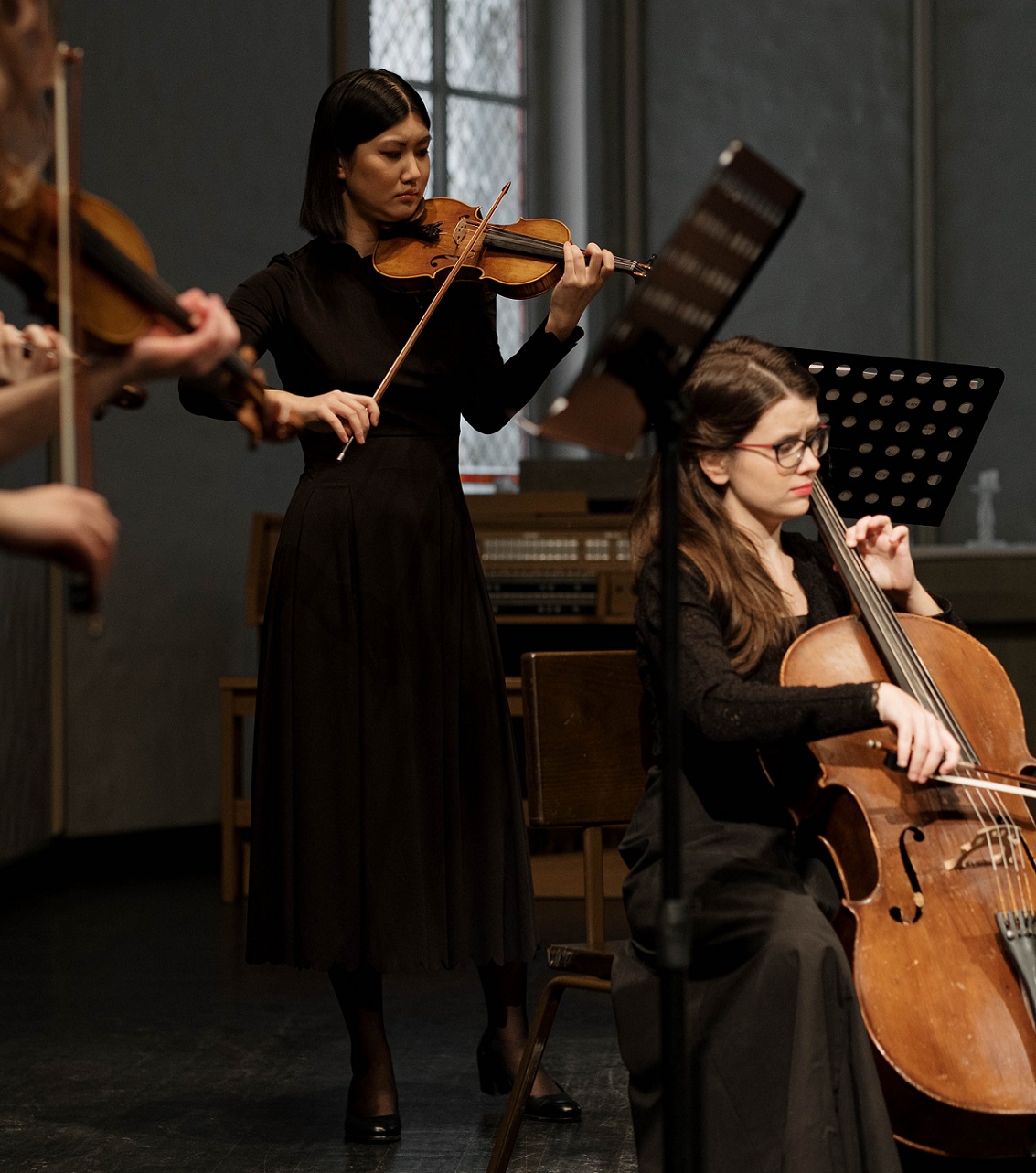 The Purpose of E-Portfolios
The Purpose of E-Portfolios
One of the new buzz terms in the assessment community is “sustainable” assessment, or “renewable” assessment, which comprises non-disposable assignments (Seraphin et al., 2019). This type of assessment puts students at the center and prioritizes the production of knowledge, skills and performances. E-portfolios are one of the best tools we can use to move toward more sustainable assessments. They provide an authentic way of assessing student learning while allowing students adequate time and space to produce and highlight their best work. E-portfolios also offer multiple opportunities for teacher observation and assessment. Many of our current assessment practices, while performance-based, are only an isolated snapshot of what a student is truly capable of. It simply shows us what happened at a specific time and place. On the other hand, portfolio assessment is holistic and allows for a comprehensive view of a student’s skillset.
E-portfolios can encourage students to develop the abilities needed to become independent, self-directed learners. The goal of all music educators is to give their students the tools and strategies needed to be independent and confident musicians. When my students reach this ability level, I know that I have done my best. I believe that portfolio assessment not only lets students reflect and be honest with themselves, but it also develops and monitors their progress over time. This factor alone has inspired me to reassess and revise not just my assessment approach, but also our planning and instructional practices.
Implementing E-Portfolios
 You’re probably thinking: This all sounds great, but where do I find the time to construct, implement and grade all this!? This is a valid question. It took me almost four years to see my department’s e-portfolio come to fruition. It is not a quick, set-it and forget-it sort of task.
You’re probably thinking: This all sounds great, but where do I find the time to construct, implement and grade all this!? This is a valid question. It took me almost four years to see my department’s e-portfolio come to fruition. It is not a quick, set-it and forget-it sort of task.
Our first year was mostly planning. We researched other schools doing this kind of work, assessed what we were already doing well, and discussed how we could create a meaningful and relevant assessment for our students that would set them up for success in their future endeavors. Once we agreed on the purpose of the assessment and chose the software (an already in-use learning management system), we began to hash out the details.
Below is a list of the components we wanted in the e-portfolio. We also asked our students for feedback throughout the process. As you develop your e-portfolio system, you and your students may also want to consider things that you think would serve students best. Our e-portfolio categories include:
-
- cover page
- biography
- resume with student goals
- video recordings
- pictures
- ratings from contests/performance assessments
- repertoire list of pieces performed
- concert programs
- self-reflections
- formal teacher feedback/evaluations
- student composition/conducting evidence (if applicable)
- evidence of awards and honors
- recommendation letters.
I know that there are many things to consider when implementing e-portfolios. What software to choose, the scope and timeline, selecting required components and deadlines for student submissions, rubric development, and grading best practices are just a few things that come to mind. When we began the process, none of us considered ourselves experts on this. But after spending time planning, piloting, revising and developing both the process and product over several years, we are now in a space where both faculty and students feel that the e-portfolio is something that graduates can use going forward as they move into the next phase of their academic and professional lives.
Relevance is Key!
E-portfolios are not the easiest type of assessment to implement, but they are deeply meaningful and can be one of the most relevant products that students can produce to demonstrate what they know and what they can do. I always recommend that you start small and keep it simple. Once you understand how you want to structure the e-portfolio and where it will exist, the next step is to pilot it with just one class or one small group of students. It is also essential to explain to both students and parents how the e-portfolio can be used beyond the classroom.
I hope we will continue to innovate as educators in all areas of our programs and create systems that give our students the best opportunities for success.
References
-
- Burrack, F. (2002). Enhanced assessment in instrumental programs. Music Educator’s Journal, 88(6), 27-32.
- Denis, J. M. (2018). Assessment in music: A practitioner introduction to assessing students. Update: Applications of Research in Music Education, 36(3), 20-28.
- Dunbar-Hall, P., Rowley, J., Brooks, W., Cotton, H., & Lill, A. (2015). E-Portfolios in music and other performing arts education: History through a critique of literature. Journal of Historical Research in Music Education, 36(2), 139-154.
- Hepburn, G. (2017, September 15). Digital portfolios in the music classroom. NAfME.
- Seraphin, S. B., Grizzell, J. A., Kerr-German, A., Perkins, M. A., Grzanka, P. R., & Hardin, E. E. (2019). A conceptual framework for non-disposable assignments: Inspiring implementation, innovation, and research. Psychology Learning & Teaching, 18(1), 84-97.
- Taylor, J., Dunbar-Hall, P., & Rowley, J. L. (2012). The e-portfolio continuum: Discovering variables for e-portfolio adoption within music education. Australasian Journal of Educational Technology, 28(8).










